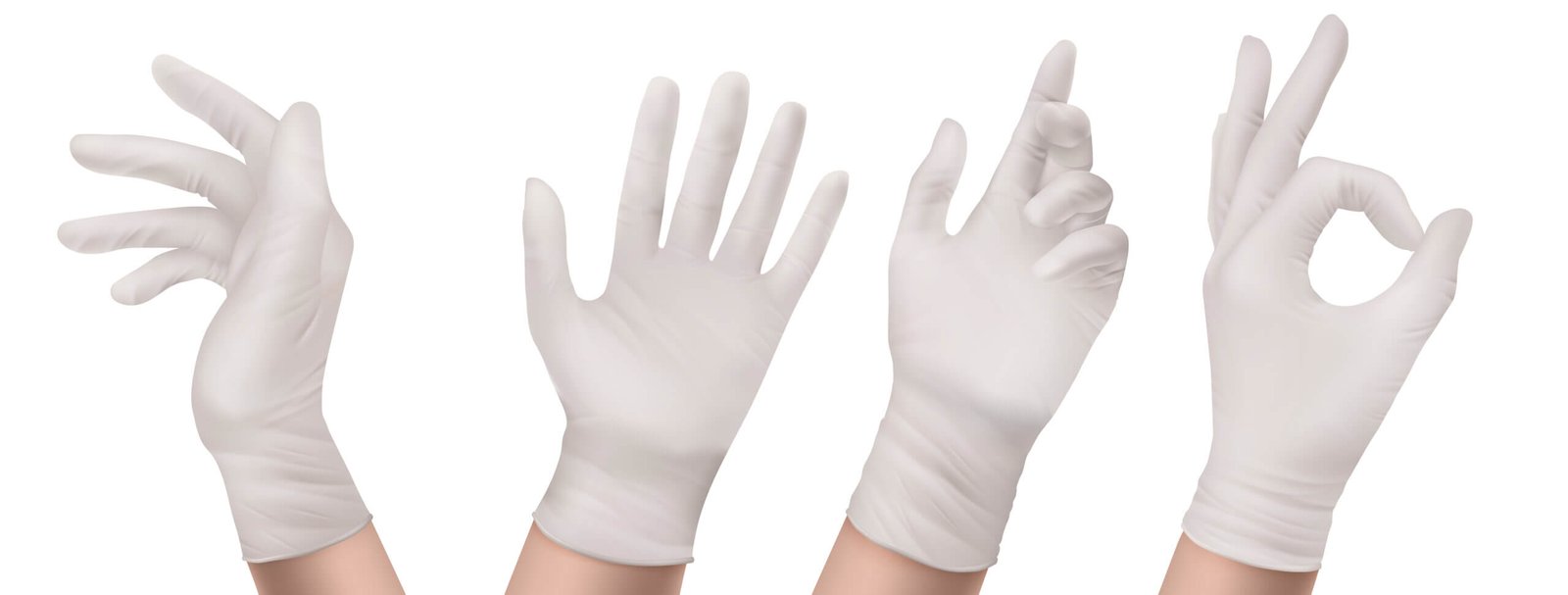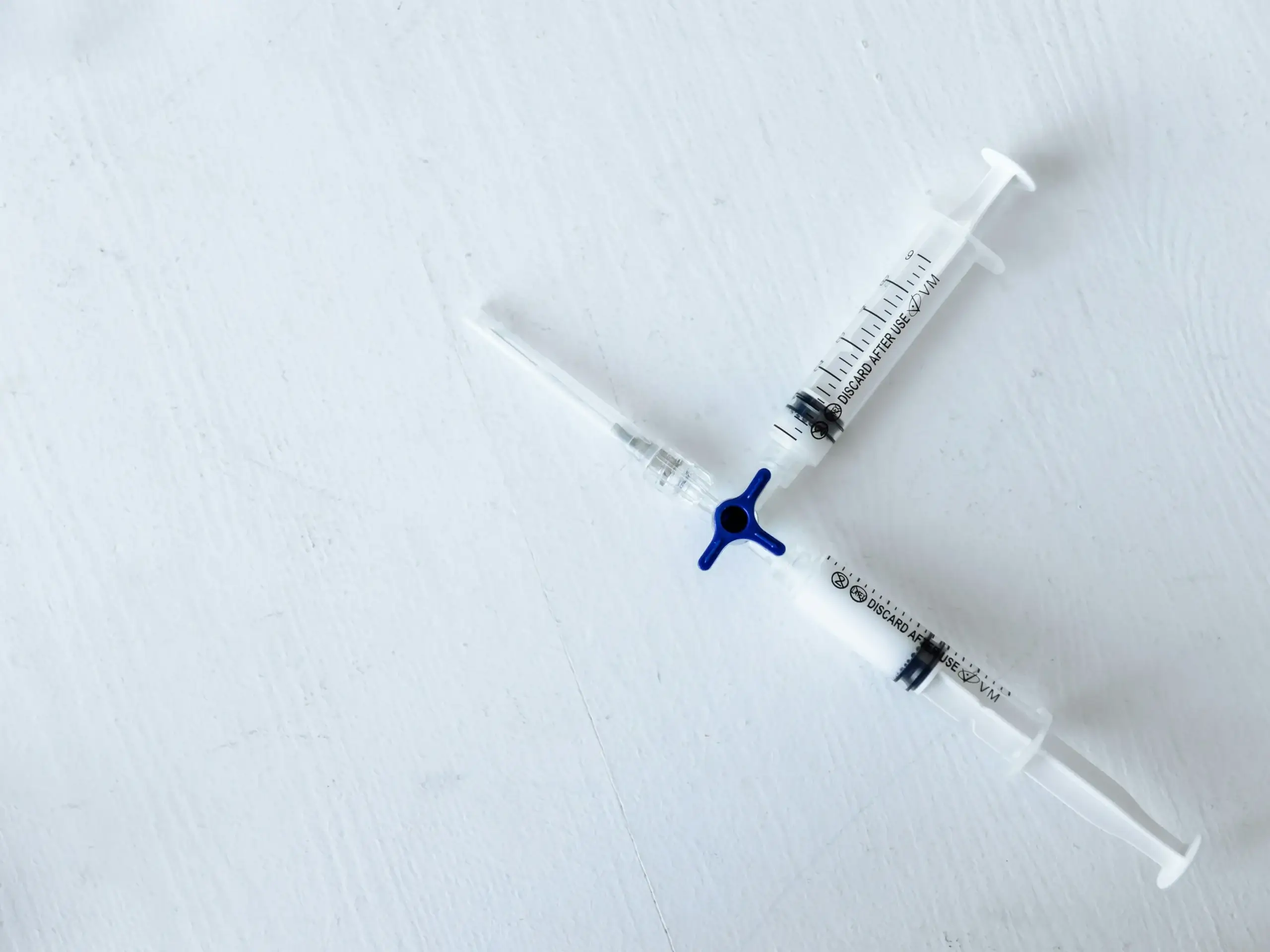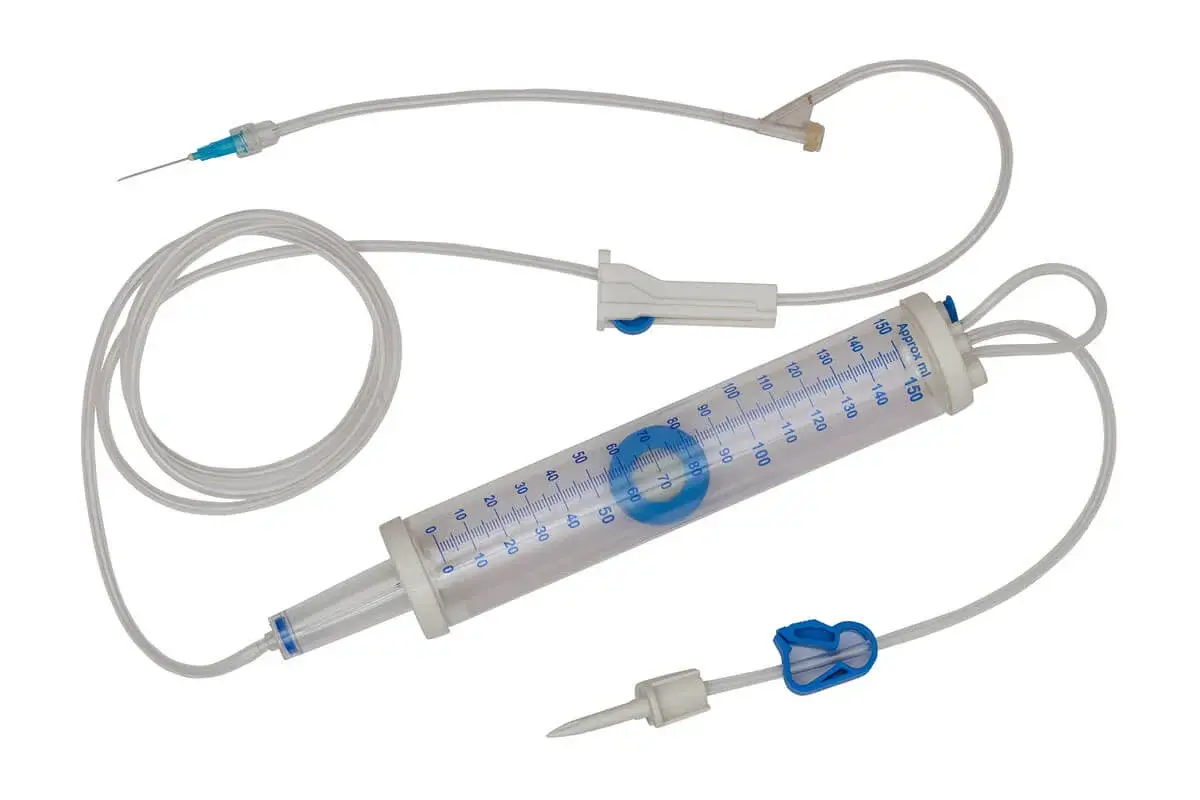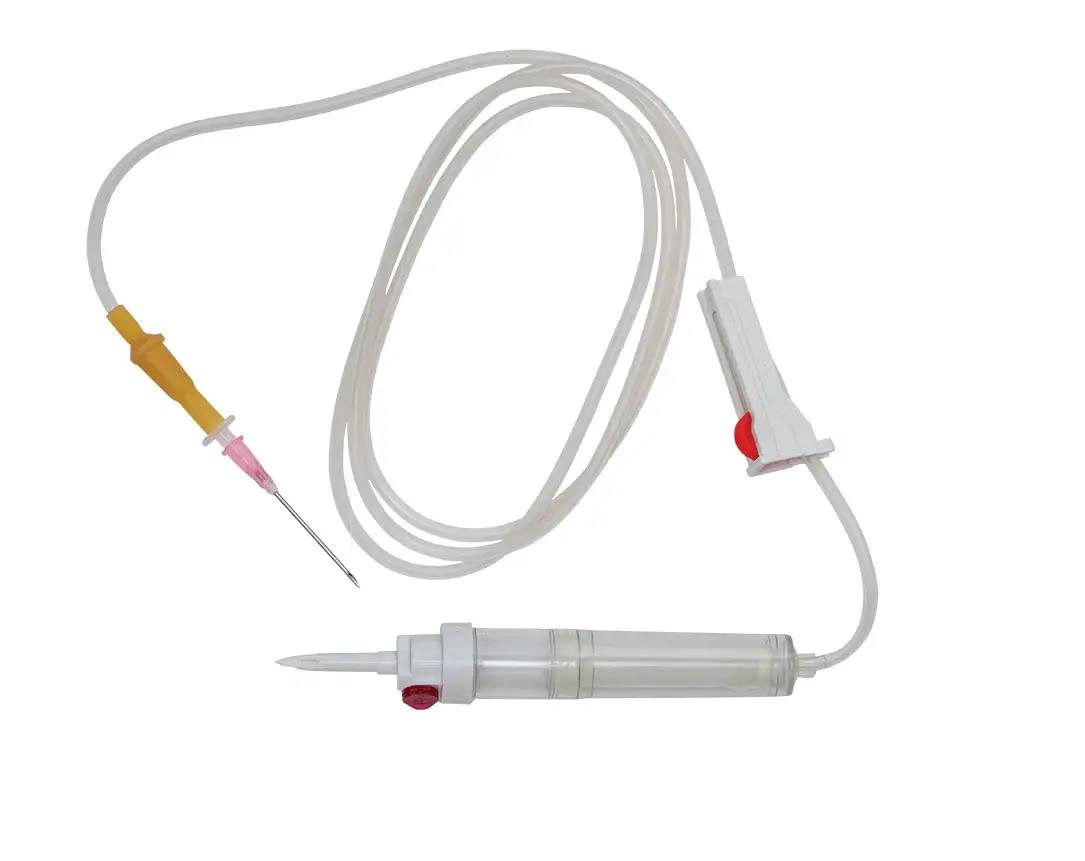Understanding Hypodermic Luer Lock and Luer Slip Syringes

Hypodermic syringes are essential tools in medical settings, and among the various designs available, Luer Lock and Luer Slip syringes stand out as the most common types. Understanding their differences is crucial for selecting the right syringe for a given application.
The Luer Lock syringe features a distinctive locking mechanism that secures the needle in place. This mechanism consists of a threaded cap that allows the needle to be twisted onto the syringe, creating a secure and leak-free connection. This design is particularly beneficial when working with high-pressure injections or when precise control over the injection is necessary. The added security of the Luer Lock system minimizes the risk of disconnection during use, making it an ideal choice for administering medications in a clinical environment.
In contrast, the Luer Slip syringe offers a simplified design that allows the needle to be pushed into the syringe without the need for twisting. This feature makes the Luer Slip syringe quick and easy to use, especially in situations where time is of the essence. However, since it does not have a locking mechanism, there is a greater risk of accidental disconnection, especially under high-pressure conditions. Despite this limitation, the Luer Slip is often favored for routine injections or procedures that do not demand the highest level of security.
Both syringes have their unique functionalities and benefits. The choice between them generally hinges on the specific requirements of the medical procedure at hand. Factors such as the nature of the medication, the administration route, and the need for secure connections will ultimately guide the selection between Luer Lock and Luer Slip syringes.
Advantages and Disadvantages of Luer Lock Syringes
Luer Lock syringes are an essential tool in medical and laboratory settings, known for their unique locking mechanism that provides enhanced security when connecting to needles, IV lines, or other components. One of the primary advantages of Luer Lock syringes is the reduced risk of disconnection during use. The locking feature ensures that the needle remains securely attached, minimizing the chances of accidental withdrawal or leakage of fluids. This heightened security is particularly beneficial in scenarios requiring precise administrations, such as intravenous therapy, where maintaining a stable connection is crucial.
Furthermore, Luer Lock syringes are advantageous in situations where high-pressure applications are involved, as the secure fitting can withstand greater force without disconnecting. This feature makes Luer Lock syringes an ideal choice for various medical procedures, including vaccinations and injections that demand a firm attachment. Additionally, healthcare professionals may prefer Luer Lock syringes when administering medications that require accurate dosages, as the reduced risk of disconnection ensures consistent delivery of the intended volume.
Benefits and Drawbacks of Luer Slip Syringes
Luer Slip syringes are a popular choice within the medical community for a variety of applications. One of the primary advantages of the Luer Slip design is its simplicity. The absence of a locking mechanism allows for rapid connections and disconnections, making these syringes user-friendly in situations that require quick response times. This feature can be particularly beneficial in emergency settings where swift administration of medication or fluids is crucial.
Moreover, Luer Slip syringes can be easily attached to different types of needles or other medical devices, facilitating fluid transfer without the need for excessive equipment. This flexibility is often favored by healthcare professionals when administering injections or drawing blood, as it allows for simpler maneuvering in tight spaces or during intricate procedures.
However, the benefits of Luer Slip syringes are accompanied by notable drawbacks. The most significant concern is the risk of accidental disconnection while in use. The absence of a locking mechanism means there is a higher likelihood that the syringe may inadvertently detach from the needle or extension set, potentially leading to improper delivery of medications or contamination. In sterile environments, this disconnection could compromise patient safety.
Additionally, Luer Slip syringes may not be ideal for all clinical settings. In situations that demand secure and stable connections, such as in high-pressure applications or when administering certain hazardous medications, the advantages of Luer Lock syringes may outweigh those of the Luer Slip design. It is crucial for healthcare providers to weigh these factors when choosing between Luer Slip and Luer Lock options, based on the specific context and requirements of the procedure at hand.
Choosing the Right Syringe for Your Needs
When it comes to selecting the appropriate syringe for administering medication, understanding the distinctions between Luer Lock and Luer Slip syringes is crucial. Each type of syringe has unique characteristics that make it suitable for specific clinical scenarios. The choice can significantly impact both the efficacy of the treatment and the comfort of the patient.
First and foremost, consider the type of medication being administered. Medications that require secure connections to prevent leakage or accidental disconnection—such as high-viscosity solutions—are better suited for Luer Lock syringes. Their threaded connection ensures a firm grip between the syringe and the needle, making them ideal for the rigorous conditions often found in clinical settings. On the other hand, Luer Slip syringes may be adequate for treatments where a quick injection or a less secure connection is acceptable, such as in routine vaccinations.
Additionally, the patient’s condition plays a significant role in the nozzle selection. For patients with specific vascular access needs, such as those with port placements or other special circumstances, the additional security offered by Luer Lock syringes can provide reassurance to healthcare providers. Conversely, for less critical scenarios or when speed is of the essence, a Luer Slip syringe may suffice.
Moreover, the clinical setting must be accounted for when making a decision. In emergency departments where time is often of the essence, Luer Slip syringes can be more convenient for rapid administration. However, in controlled environments like operating rooms or sterile conditions, the reliability of Luer Lock syringes often outweighs any argument for speed.
Ultimately, the choice between Luer Lock and Luer Slip syringes should be guided by careful consideration of medication types, patient needs, and the setting in which the procedure takes place. The informed selection can enhance patient care and promote safety in medication administration.









